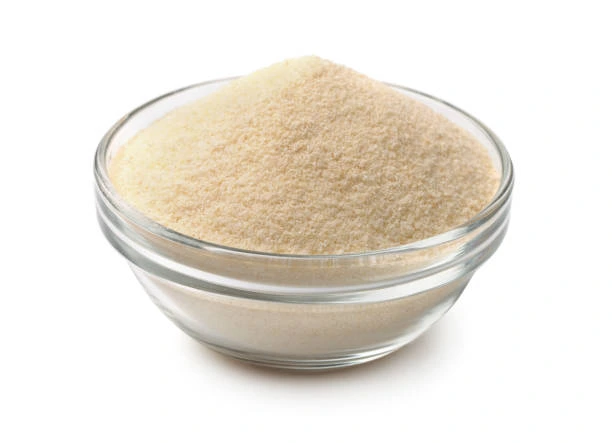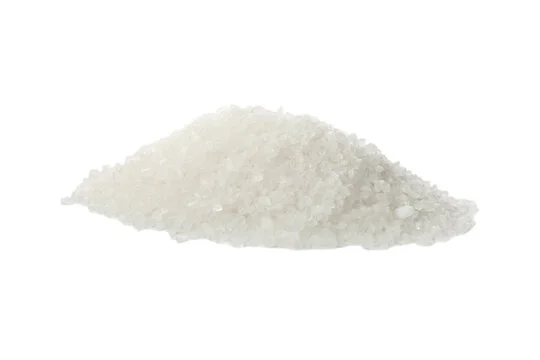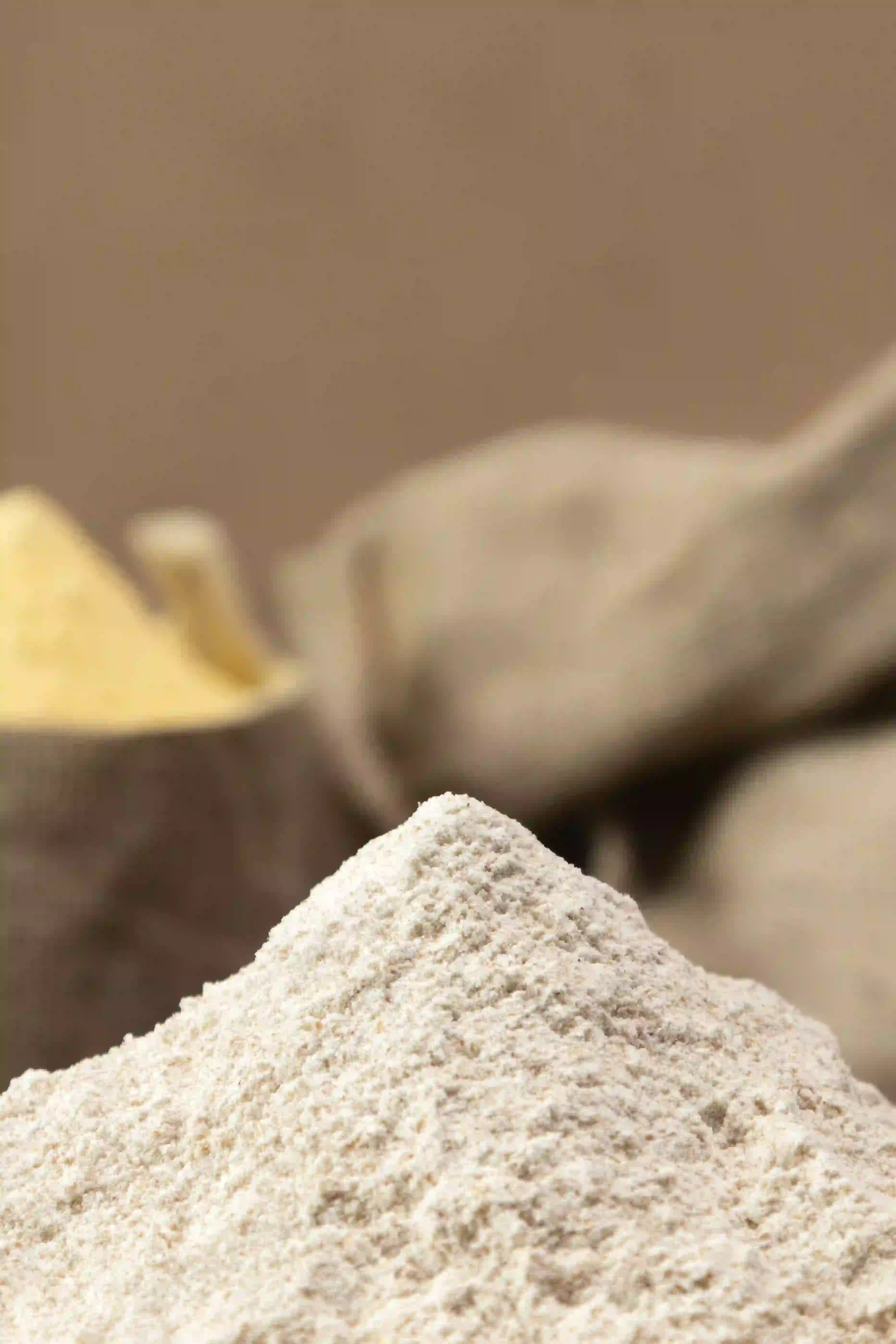Sodium Carboxyl Methyl Cellulose
|
Origin |
: China |
|
IUPAC Name |
: sodium 2,3,4,5,6-pentahydroxyhexanal acetate |
|
Cas Number |
: 9000-11-7 |
|
HS Code |
: 3912.31.00 |
|
Formula |
: (NaC6H7O2(OH)2OCH2COONa)n |
Basic Info
|
Appearance Name |
: White Powder or Beige |
|
Common Names |
: Sodium Carboxymethyl Cellulose, Aquaplast, Carboxymethyl Cellulose |
|
Packaging |
: 20 kg PP/PE bag |





 English
English
 Indonesian
Indonesian
 简体字
简体字
 العربية
العربية
 Español
Español
 Français
Français
 Português
Português
 日本語
日本語
 한국어
한국어
 Tiếng Việt
Tiếng Việt
